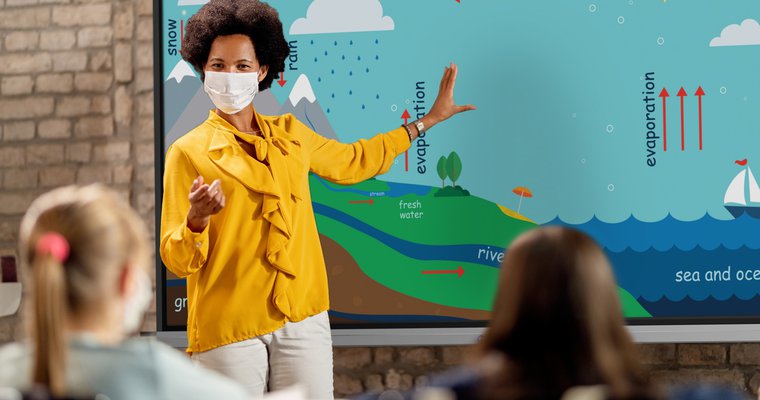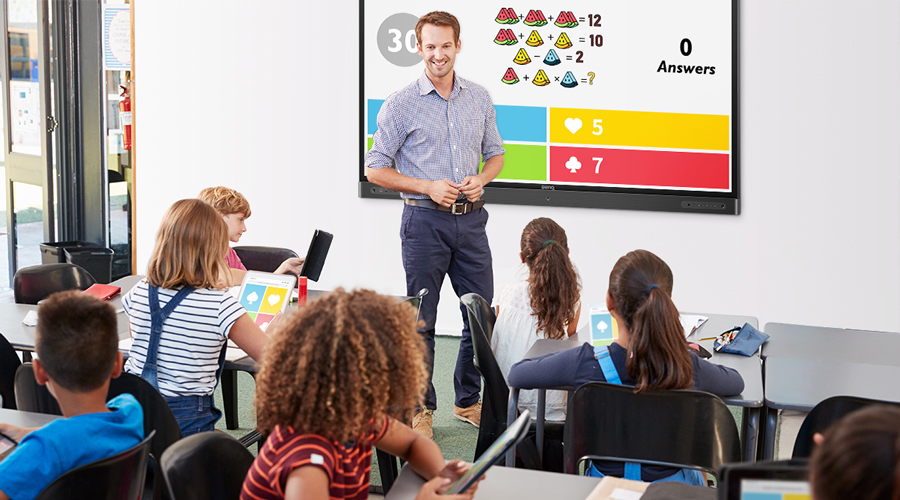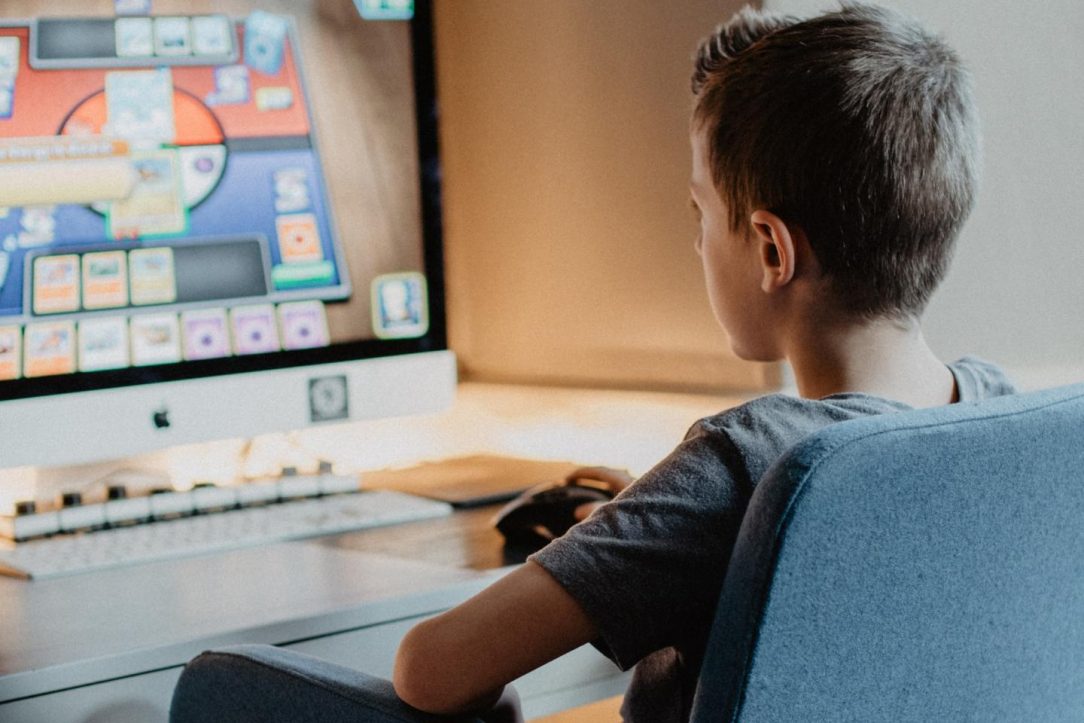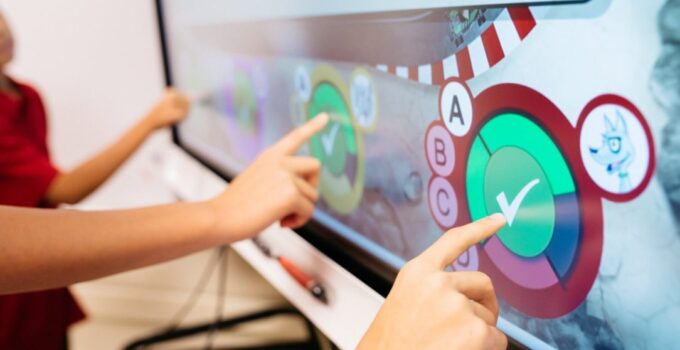Interactive displays are the presence of life in offices and classrooms. Back in the day, we saw them as the devices of the future. I remember the sensation when I saw the Minority Report for the first time. The way Tom Cruise handled the interactive hologram displays seemed like a work of fiction, but now we’re already there. Books and pencils are almost totally behind us when it comes to education. Today, the work in a classroom can be done entirely through them. What’s even better is that today, during the ongoing coronavirus pandemic teachers can use them remotely.
The world fell into chaos when the virus spread across the world and the only thing that saved us was modern technology. A lot of children across the world would lose on years of valuable education if it wasn’t for devices such as interactive displays. The only downside to them is the fact that many people have never been in contact with them before the pandemic. Many senior teachers still have issues accustoming to them. This is why we came up with a great idea of sharing these tips for using interactive displays for remote teaching.
Many people will find the use of what we have to say, because sometimes the things are right in front of you, and you only need a little push to fully understand them. This article aims to be that little touch of sound advice that will help many in using these devices the proper way. If you’re one of those people who need tops in how to use them we’re here for you. If you’re in a need of choosing the right supplier for your classroom or office you have other ways of getting things done. If this is what you seek you can check more here. If you’re more into the help in needing to get a grip on an interactive display, please keep reading.
Keep Them Away From The Camera

Source: usersdt.net
This is the right place to start. Positioning is everything. It’s like a center back in soccer. If you want to become a player of Manchester United’s legend Nemanja Vidic caliber you need to learn a thing or two about the positioning. The same goes for the interactive displays. If you want to transfer the knowledge to your students the best way possible, you need to position your display the right way. Before starting a lesson make sure that the lenses of your camera caught the whole display. This way you’ll ensure that the students see what you’re trying to show them. If you do not pay attention to this, a lesson might fly over their heads and they’ll be stripped of necessary knowledge due to the technical error. Don’t be one of those people who do not pay attention to details like these.
Size Matters
Now that you’re giving lessons remotely, the size of the display matters. When you’re in a classroom, the bigger the better is the right formula. But, once you’re giving lessons from your home, it is the other way around. It is better to have a smaller display that can fit all the needed data. You won’t have too much use of large displays unless you have room to spare at your house the size of a classroom. You need to use smaller displays that will be positioned closer to your camera as we suggested in the paragraph above. The size and the position are the first two tips we have for you. Let’s move on to the next few chapters. This is not One Piece, and there will be no break next week.
Prepare Your Materials

Source: benq.com
When it comes to these devices, we are suggesting one thing. Before you start using them at work make sure that you are fully adept at using them at home. You do not want to go to your class unprepared. Preparation is half the success as any NFL star will tell you. No, you don’t need to watch the film, but some preparation is needed. In addition to knowing your way around an interactive display, you need to work on the materials you’ll be presenting. These two things tied together give the ideal final product. Once you’re in the class everything needs to flow the right way, like a river. Interactive displays are amazing devices, but if you’re not preparing your presentations they will seem silly to everyone present.
Lighting and Portability
You won’t believe how these two things go well together and how important they are for your work. When the light is not right it doesn’t matter if you think your positioning is perfect. It is all about the perspective of the students. Sometimes you’ll need to move your display around. Now you understand the small issue of portability. Having your display fixated when you’re doing remote classes is not wise. There could always arise the matter of the light, and you’ll need to move your interactive display. That’s why if you can’t get the lights the right way you’ll need to move your display. So, always make it portable. Moving it around could be of great benefit for your work. Additionally, you’ll want this so that it doesn’t occupy the space in our home once the work is done. Also, if the display isn’t your property you’ll want it out of your home once the pandemic is over.
Be Slow and Patient

Source: unicef.org
If you’re new to this equipment, this is the right approach. Don’t rush anything, and work your way through it. Make sure that you use it with slow movement and a steady approach. There’s no other way going around it. If you go fast and rush matters you might jump through pictures and lessons or even worse shut down the whole thing. You don’t want an entire classroom to laugh at you so be patient. Do you know that the turtle beat the rabbit eventually? Use this approach as it will give you the best results in the long run. Trust us, this is the last but the most friendly advice for today.




